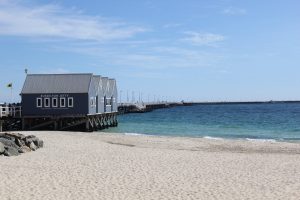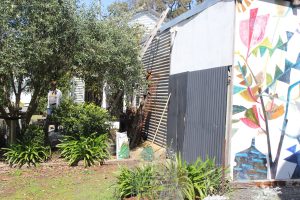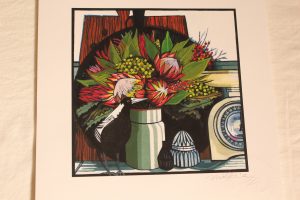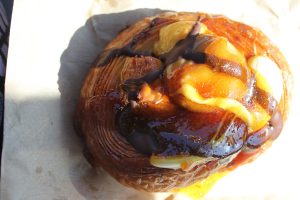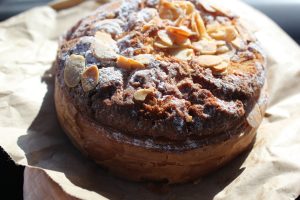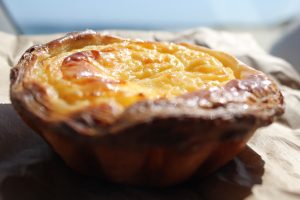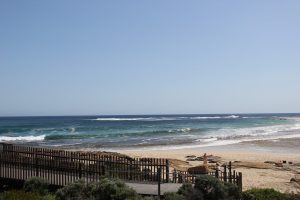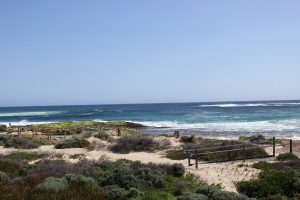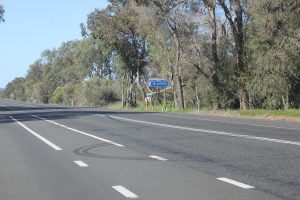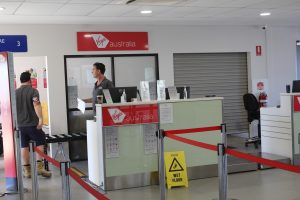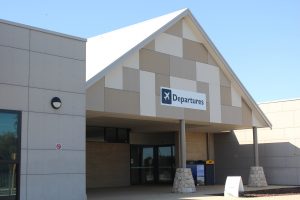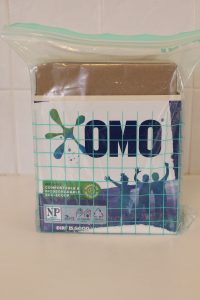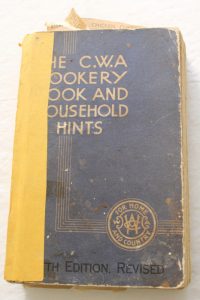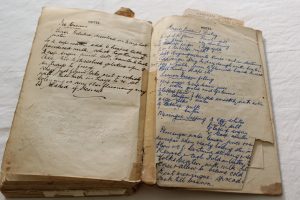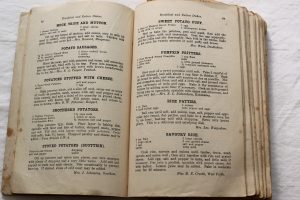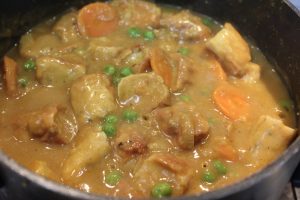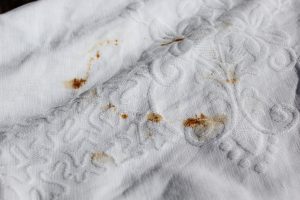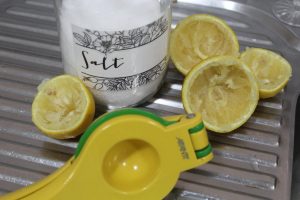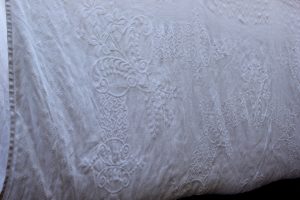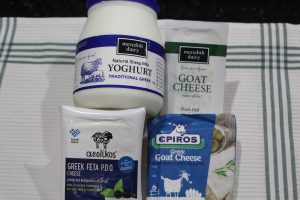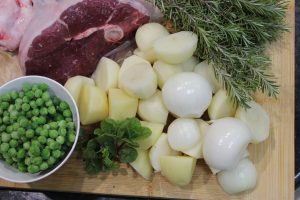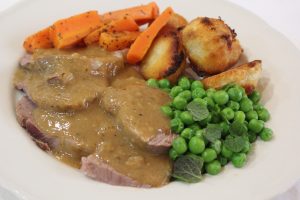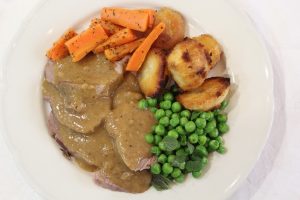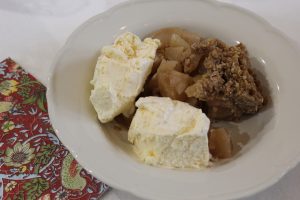triangle families
Have you heard of Triangle Families? Me neither, until I read about it this morning. It was of particular interest as it turns out we are a triangle family, but I have never heard the expression before today. A triangle family is a couple with one child. Apparently Triangle Families have doubled in the past 40 years to the point where 40% of households in the EU with children are Triangle Families. ( here )
The reasons given for the growth of Triangle Families in Australia are complex and individual but include couples living in different circumstances from their parents and previous generations, couples wanting to further their careers and travel more frequently and rising infertility rates. Interestingly, 14% of couples feel they can’t afford to have any children, 9% are delaying having children and 6% have decided not to have children due to rising costs limiting their lifestyle choices.


Image Pixels
The article raises the common stigma attached to only children families. We have an only child, my Father became an only child due to the death of a young sibling, my cousin is an only child and has an only child herself, one of my brothers has one child and one of my nieces has one child, so it’s not uncommon in my family. The reasons are varied and complex and really nobody elses’ business but it was certainly of interest when I was younger with friends having their second, third and fourth babies. Close friends knew why and never commented. ( A friend with five planned children was often asked if they knew what was causing it or didn’t they have a TV!)
Although the article highlighted the apparent stigma surrounding Triangle Families, I’d like to think we are becoming more accepting of a range of situations and becoming a little kinder, too.
farmers
When you see the word ‘farmers’ did you immediately think of a male? Most people do! Can you believe until the 1990s women in agriculture couldn’t list themselves as ‘farmers’ on census forms? Change began with the creation of AWiA, Australian Women in Agriculture in 1994. This group set about changing how women on the land were perceived by the agricultural industry, government and the population generally.
Women have been an integral part of farming forever but were rarely recognised for their contribution. They did the same job as the men. Then the daughters of farmers began going to university and returning with degrees applicable to genetics, economics, diversifying farming practice and general skills used in efficient agricultural businesses.


Image Pixabay.
I frequently use ‘free to use images’ to support what I have written. I entered ‘women farms’ in the search box. There’s 555 pages of related images. I gave up after six pages as the only women in the images wore coolie hats, were up to their knees in water and obviously labouring in developing countries. Two others portrayed a woman draped over a lavender bush and another of a beautifully dressed woman standing amongst sunflowers. Finally found two acceptable images.
It has taken a long time for the work of women to be recognised. This is evident in the paucity of women representing farming on boards, in government and in the news. Women are not just labouring beside their husbands, they are running these businesses themselves. They are adept at using technology and data to make decisions and dictate change.


Image Pixabay.
This year AWiA celebrates 30 years of promoting women in agriculture. So, that’s something to consider as you eat your fruit and vegetables, add milk to your coffee, boil your egg and make your toast. Think about who might be responsible for that chicken breast you’re marinating for dinner, the steak in the fridge next to the bacon and butter. Things change slowly.
menu planning
I was reading a blog this morning I have followed for years. The author is recognised for her money management skills. Today she referred to menu planning, something I have never tried, but she runs a fortnightly list with some variations due to family celebrations or outings and what was well priced in the shops she visits.
The produce at the green grocer influences what I cook, along with time available and what I can pick from the garden. I have several perpetual spinach plants so we have spinach at least once a week, although I was away a while ago and came back to a big pot full of fresh leaves. Made a goats cheese and spinach pie. I always have herbs and lemons and there’s limes on the tree, too. I buy meat, chicken and fish depending on what looks really good.


Image Pixels
When I saw the glossy white to pale green to dark green leeks at the greengrocer I knew I was making Chicken and Leek Pie. It was very good. I often wonder how other people decide what they are making for dinner. Not only do I run out of ideas but the enthusiasm can be pretty low, too. That’s when we have oven roasted salmon in maple syrup and lime or lemon juice with boiled vegetables, because my husband makes one thing and that’s it! In warmer weather he’ll also barbecue some steak if he thinks to thaw it beforehand.
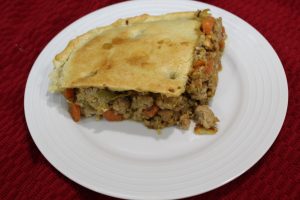

Chicken and leek pie.

